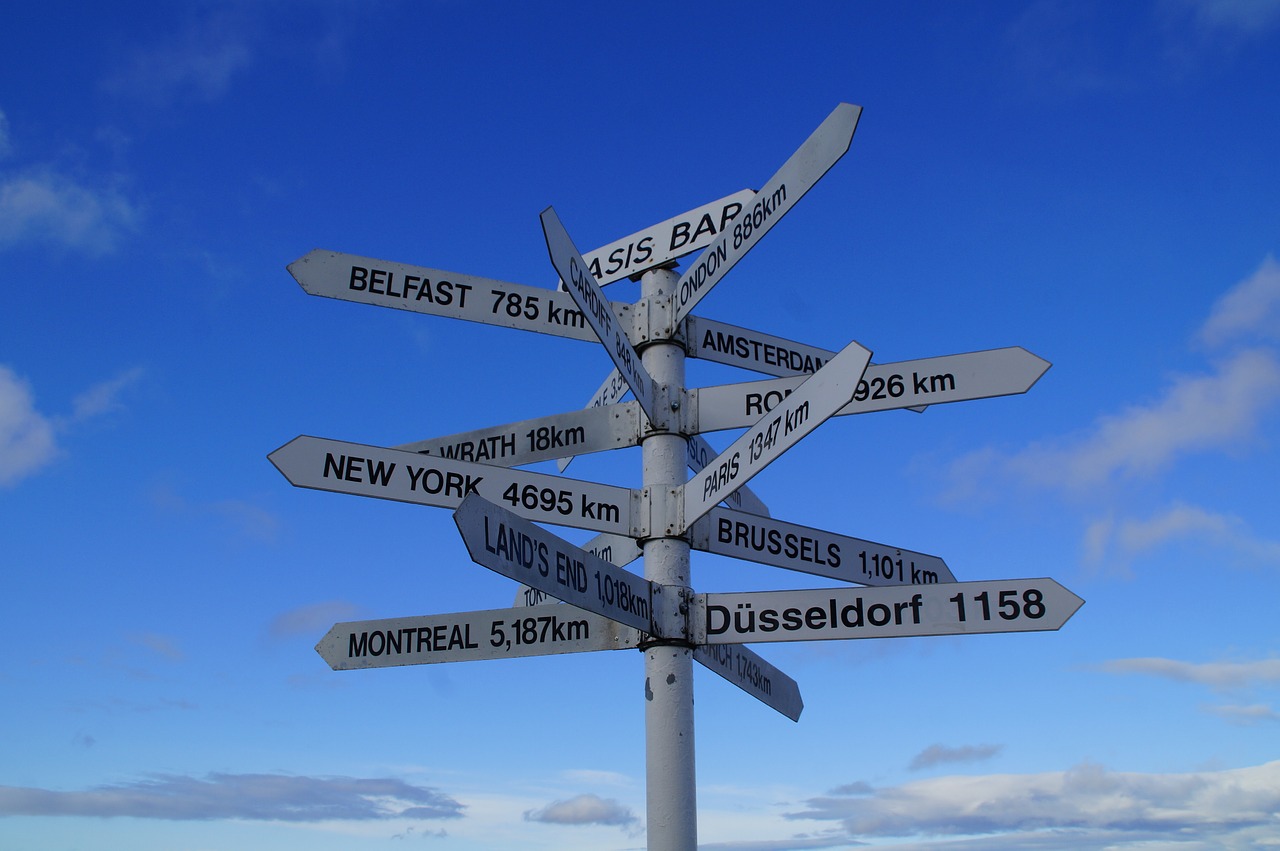I’m sure by now you know what a walkie-talkie looks like and how it works. Now the question on your mind is how far it can reach to keep its communication line open. A little scroll down this article will tell you all you need to know about a two-way radio signal.
A significant factor to be considered when choosing a walkie-talkie is the signal distance it can cover. This works in a quite similar way with Bluetooth or Wi-Fi connected devices. There is a wide variety of walkie-talkie devices, and they vary in the distance they are able to cover before the connection is lost.
I’ve had people complain that they can’t seem to communicate over a walkie-talkie beyond a few miles, while some experience static or cracking signals. This is a widespread occurrence but let me take you through the fundamentals of walkie-talkie signals.
Radio waves in walkie-talkies travel only on a straight line which is the ideal requirement for a two-way radio connection and not otherwise. Of course, there are allowances, and the radio waves can sometimes be picked up through walls or other obstructions, as well as travel through non-metallic objects but not over.
The range of a two-way radio (walkie-talkie) is first dependent on its radio propagation which is majorly affected by the terrain of your location that is whether an open line- of- sight or obstructed areas such as a dense metropolis. In the latter case, there are obstructions within that can block signals and interfere with the line of communication.
Now that you know what keeps a walkie-talkie connected, let’s talk about how far a walkie-talkie can reach, which is one of the factors to consider before buying one. In most cases, walkie-talkies are advertised to have a maximum range of up to 25 or 30 miles, but the truth is only a very few users enjoy not up to the advertised maximum range. Even though 30 miles is an ideal range expected of a walkie-talkie in a perfect condition, say from the top of a high mountain all the way down to its foot, or a large football stadium, you don’t live in any of these perfect conditions in reality.
Now, if you live in a country side with lots of open farmlands and few buildings or trees, your walkie-talkie will reach the distance advertised on its pack, and you can connect freely with other walkie-talkies around you. This is simply because you live in an area with little or no interference. So you can go farming, hiking or hunting, well assured that you can follow what’s happening around you and call for help if necessary. If on the other hand you live in a city with lots of buildings and structures, or you use your walkie-talkie for hunting in a forest full of trees, signal reception will only reach as far as a few feet or miles.
In short, a walkie-talkie can reach as far as you intend it to in an open space with no interference because its signals work best only within the line of sight. Living in a city will make your walkie-talkie signal range shorter than it should. Since radio works by line of sight, it limits the functioning and performance of your receiver.
So, regardless of the model or brand of walkie-talkie you have, its range will remain affected by your location, landscape, and distance to the horizon.
With this knowledge, let me ask you the question again; “how far can a walkie-talkie reach?” The best way to assume a perfect signal distance for your walkie-talkie is to know your environment or the topography of your space before buying a walkie-talkie. This will help you to buy the radio model best for you. In short, you wouldn’t have to buy a 30mile range device for a location that can’t allow signals beyond a mile.
There are two different radio models you can select from based on your location. The VHF, for instance, is best for open spaces because it allows a more excellent range over such public areas but cannot penetrate obstructions like buildings, trees and so on. The UHF, on the other hand, has shorter and faster waves that make it a perfect choice for dense areas with significant structures.
